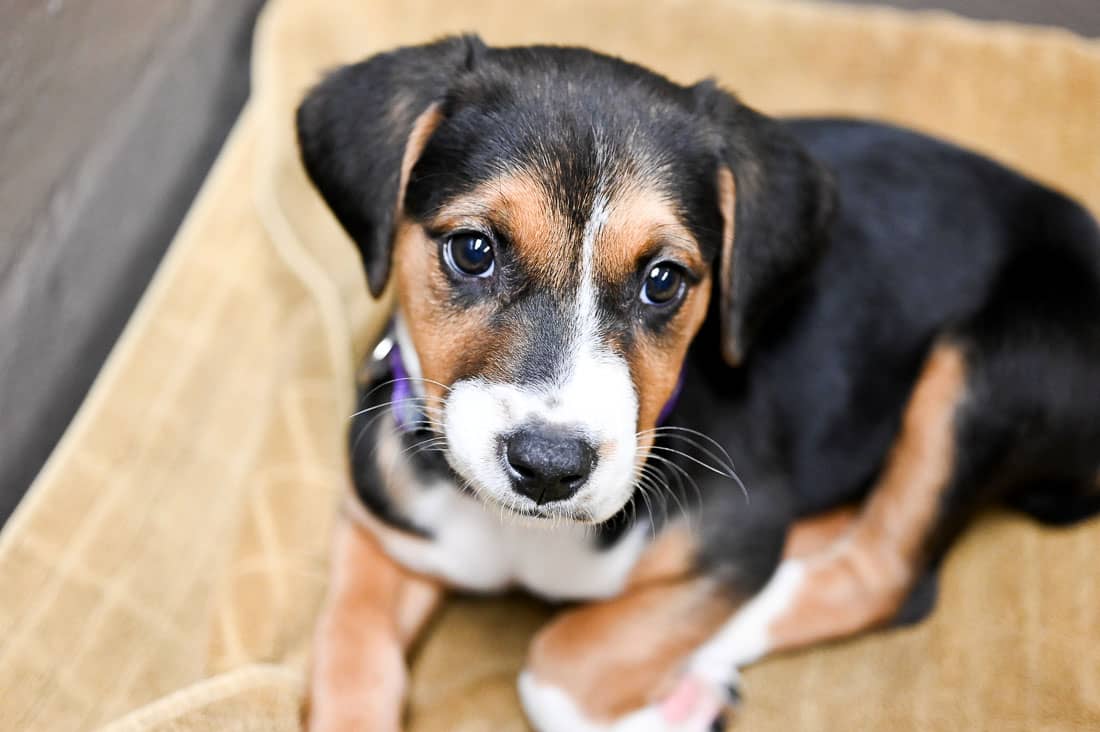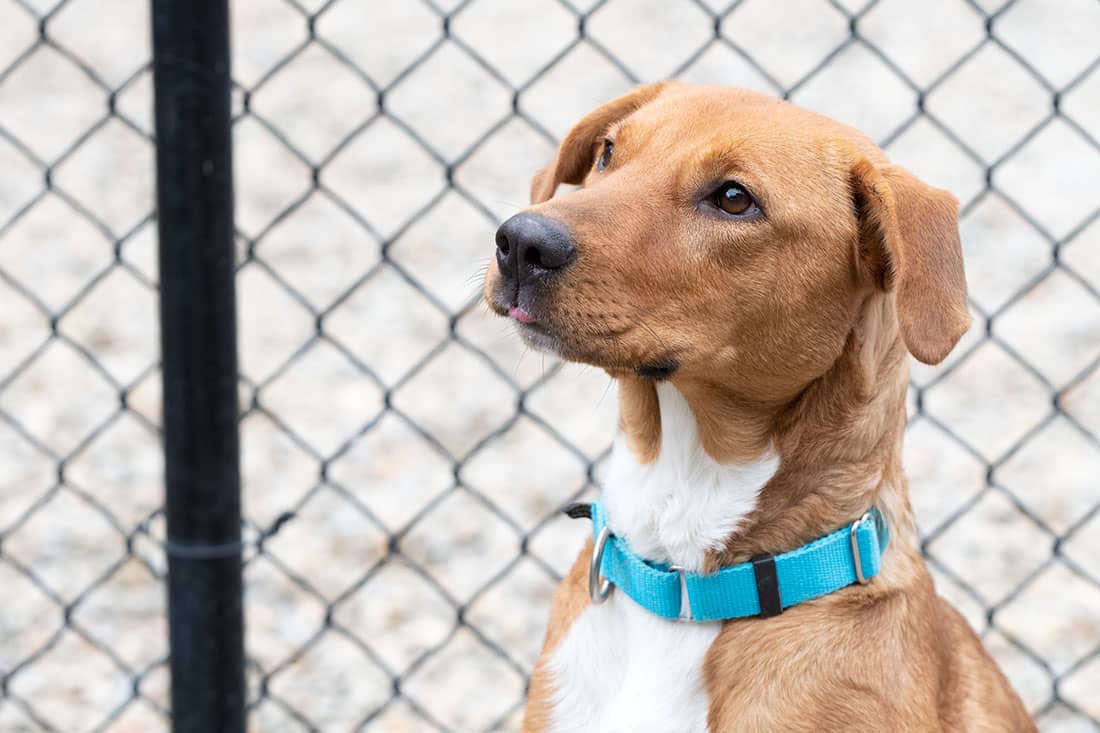Fun Tasks to Boost Your Dog Training Experience
Fun Tasks to Boost Your Dog Training Experience
Blog Article
Vital Tips for Successful Dog Training: A Guide for Animal Owners
Efficient dog training is a complex procedure that calls for a tactical method tailored to both the pet dog's temperament and the proprietor's purposes. Secret components such as establishing regular commands, employing positive support, and promoting very early socialization play crucial roles in cultivating a well-adjusted canine companion. Many pet dog proprietors run into obstacles that can hinder progress, leading to stress and uncertainty. Understanding how to navigate these barriers can considerably boost the training experience, inevitably transforming the connection in between proprietor and dog. What are the necessary approaches that can be used to make certain success in this venture?
Recognizing Canine Habits
Comprehending canine actions is vital for effective training and promoting a harmonious connection in between canines and their proprietors. dog training. Pet dogs interact primarily with body language, vocalizations, and actions, making it crucial for proprietors to analyze these signals properly.

Socialization plays a considerable role in canine behavior; direct exposure to various environments, individuals, and various other animals can significantly influence a canine's character. Factors such as breed attributes and individual character need to guide training approaches, as some types may have particular behavioral traits that demand customized approaches. By recognizing these aspects, proprietors can develop a supportive atmosphere that encourages positive actions, causing successful training results and a much deeper bond with their animals.
Establishing Consistent Commands
Efficient interaction with your canine begins with establishing constant commands. This fundamental component of training is important for cultivating understanding in between you and your pet dog. Consistency in the commands you make use of makes certain that your pet can accurately connect details words or phrases with the wanted actions.
When selecting commands, select clear, distinctive words that are simple to state and differentiate from each other. Stay clear of making use of similar-sounding commands that might perplex your dog. For instance, utilizing "rest" and "stay" is suitable, but "sit" and "struck" might result in misunderstandings.
In addition, keep the exact same tone and quantity for every command. Dogs are sensitive to singing signs, so differing your tone can create complication.
It is just as vital to ensure that all relative are on the very same web page concerning the commands utilized. A united front in command usage will certainly stop blended signals and reinforce the learning process.
Positive Support Techniques
The power of positive support in pet training exists in its capacity to urge preferred actions through incentives and appreciation. This method is grounded in the concept that habits complied with by favorable outcomes are most likely to be duplicated. By including favorable reinforcement right into your training regimen, you can effectively shape your dog's habits in a constructive way.
To implement positive support, it's necessary to determine what motivates your canine, whether it be deals with, playthings, or spoken appreciation. When your pet dog performs a preferred action, such as resting on command, instantly reward them with a treat or affection. This association between the command and the positive result strengthens their understanding.
It's vital to timing the benefits correctly; supplying the support within seconds of the desired habits assists your pet dog make the link (dog training). Additionally, consistency is crucial-- make sure that all relative utilize the very same commands and incentive systems to avoid complication

Gradually, you can minimize the frequency of deals with as your pet dog learns the habits, transitioning to praise or intermittent rewards. This technique not just promotes a strong bond in between you and your canine yet likewise promotes a positive discovering environment, making training a pleasurable experience for both.
Socialization and Interaction
Consistently subjecting your dog to a selection of settings, people, and other animals is vital for their social advancement. Socialization must start early, ideally throughout the vital home window of 3 to 14 weeks, when pups are most responsive to brand-new experiences. Older pet dogs can additionally benefit from ongoing socializing efforts.
Present your pet to different settings, such as parks, pet-friendly shops, and city locations. This exposure aids them adapt to different stimuli, decreasing stress and anxiety and anxiety reactions. Urge positive interactions with other pet dogs and individuals, making sure that these encounters are secure and controlled to foster self-confidence.
Use structured playdates with genteel pets, as this can boost your canine's social skills and educate them ideal behavior. Obedience classes and training sessions additionally supply exceptional opportunities for socializing, enabling your canine to engage with others in a go to this site monitored setting.
Display your dog's body movement throughout interactions, as this will certainly assist you evaluate their comfort level. Slowly boost exposure to more challenging situations while guaranteeing that each experience declares. A well-socialized pet is more probable to display well balanced habits, making them a joy to have in any type of setup.
Dealing With Typical Training Difficulties
Every pet proprietor will certainly encounter training difficulties at some factor, no matter their canine's age or socialization degree. Identifying common concerns such as stubbornness, disturbances, and fearfulness can assist in creating efficient approaches for enhancement.

Progressively introduce distractions as the dog becomes more skilled in commands. Short, constant training sessions are also reliable in preserving interest.
Fearfulness can impede a canine's discovering process. Steady desensitization to the source of fear, matched with positive support, can help ease anxiety. Perseverance is essential; never compel a pet dog right into a situation that triggers distress, as this may worsen the issue.
Inevitably, understanding and resolving these common obstacles with a structured approach will certainly promote a much more effective training experience, reinforcing the bond between dog and proprietor while promoting effective understanding.
Final Thought
In recap, successful pet dog training counts on an extensive understanding of canine actions, the facility of consistent commands, and the application of favorable support methods. Socialization plays a critical function in creating well-adjusted animals, while attending to usual training obstacles requires patience and versatility. By applying these vital approaches, pet proprietors can cultivate a solid bond with their pet dogs and advertise preferable actions, inevitably causing an unified connection in between human beings and their canine companions.
Comprehending dog behavior is important for effective training and promoting an unified relationship in between canines and their proprietors.Socializing plays a significant role in dog habits; exposure to different atmospheres, individuals, and various other pets can considerably influence a dog's temperament.The power of positive reinforcement in pet training lies in its ability to encourage desired habits through benefits and praise. By integrating favorable reinforcement right into your training regimen, you can properly shape your canine's blog habits in a positive manner.
In summary, effective pet training counts on a detailed understanding of canine behavior, the establishment of constant commands, and the application of favorable support strategies.
Report this page